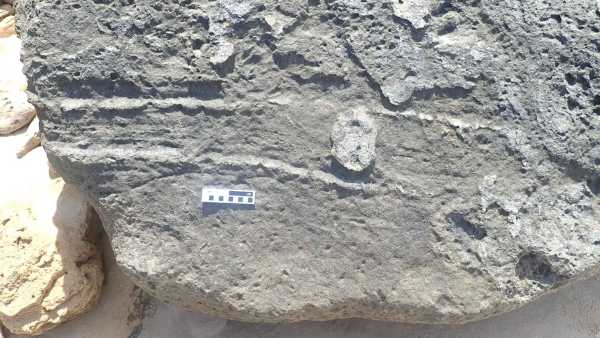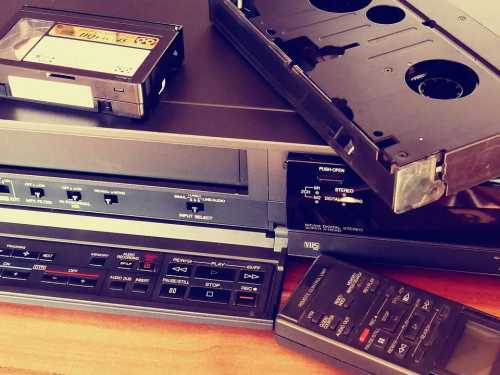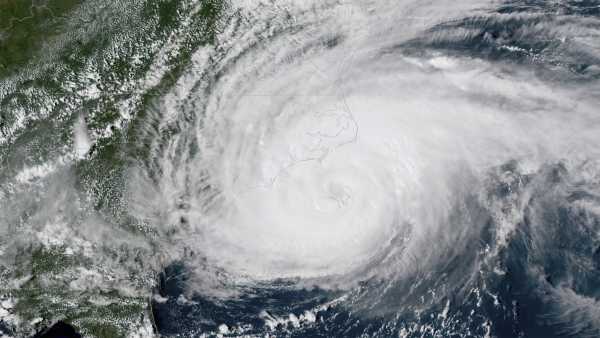
Hurricane Florence struck South Carolina in September 2018. Although it was classified as a Category 1 storm, subsequent catastrophic flooding left 55 people dead. (Photo: Stocktrek Images/Getty Images)
A new study released this month proposes a modernized hurricane classification system that could improve public preparedness by taking into account the risks of storm surges and heavy rainfall.
Tidal waves and intense rainfall are responsible for nearly 80% of hurricane deaths, but these factors are ignored by the Saffir-Simpson Hurricane Scale (SSHWS), which meteorologists use to assess wind strength and inform the public. Experts have previously noted that the current 1-5 ranking system does not always adequately reflect the actual threat.
“Numerous tragic events demonstrate that the low SSHWS category […] often does not correspond to the actual hazard,” said Jennifer Collins, a professor in the University of South Florida's School of Geosciences and a co-author of the study.
You might be interested
-
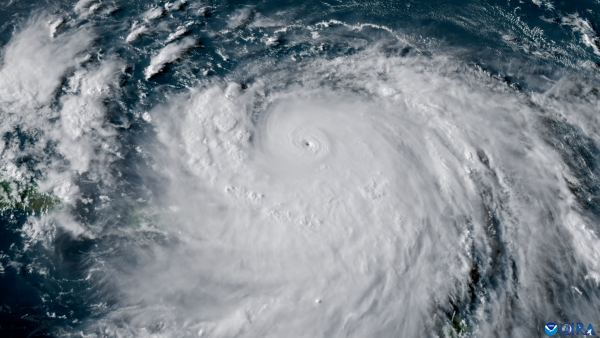
Meteorologists predict that Hurricane Erin is capable of causing giant waves up to 30 meters high off the East Coast.
-
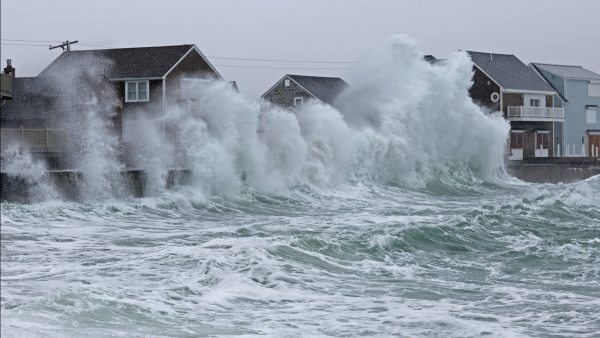
Research suggests that northeast storms along the American coast are becoming more intense due to climate change.
-
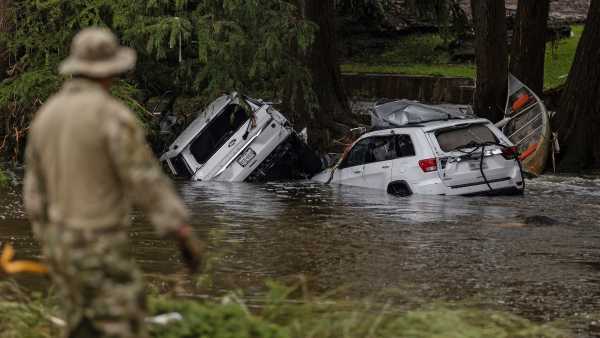
Effectively warning the public during floods like those in Texas remains a challenge.
SSHWS estimates that wind damage ranges from “minor” for a Category 1 storm to “catastrophic” for a Category 4 or 5 storm. But destruction is not the only threat. Even weak storms can trigger powerful tides and heavy rainfall, leading to flooding.
An example is Hurricane Katrina in 2005, which was a Category 3 hurricane. According to the data, tidal waves and rainfall were the main cause of 1,800 deaths and $125 billion in damage.
Similarly, 2018's Category 1 Hurricane Florence caused massive flooding that claimed 55 lives, which residents did not expect due to the low warning level.
“People often rely on the category when deciding whether to evacuate,” Collins said. “This is risky because tropical storms or Category 1s create a false sense of security.”
To address the problem, Collins and colleagues developed the Tropical Cyclone Severity Scale (TCSS) in 2021. It includes six categories that take into account wind, tide, and precipitation—key risk factors.

In 2005, Katrina hit Mobile, Alabama with 15-foot waves and winds over 100 mph, making it a Category 3 storm.
The TCSS system assigns each factor a score from 1 to 5, which are combined according to three rules. First, the final category is not lower than the highest of the three. Second, if two scores ≥3 match, the category is increased. Third, category 6 is assigned for two scores of 5 or two scores of 4 with one 5.
“The top category is critical,” Collins said. “People look to it when making decisions, rather than looking at the details of the threat.”
A “more realistic” approach
To test the effectiveness of TCSS, the researchers sent simulated forecasts to 4,000 coastal residents. Half received SSHWS alerts, the rest TCSS alerts. The results, published August 19 in Scientific Reports, showed that the TCSS group was more likely to identify the main threat and evacuate more often for non-wind-related risks.
Participants with TCSS were more likely to take action, such as installing protective screens or sandbags. Those using SSHWS were more likely to underestimate the risks or to do nothing.
Collins said the move to a new system would improve public awareness and decision-making. “Now is the perfect time to make a change,” she said. “We need a scale that reflects the real strength of the threats.”
SEE ALSO
— Video: Category 5 Hurricane Erin in lightning flashes.
— Forecast: The US could face 10 hurricanes this summer.
— Debunking the Hurricane Milton conspiracy theory.
Accurately identifying threats increased people's willingness to protect themselves, while a lack of information led to mistakes. Collins expressed confidence that TCSS would be a more effective risk communication tool.
“I believe the current moment is ideal for implementation,” she added. “The category influences decisions, so the scale needs to realistically reflect the danger.”
TOPICS natural disasters

Sasha PareSocial NetworksStaff Correspondent
Sasha is a Live Science journalist from the UK. She graduated with a degree in biology from the University of Southampton and a Masters in Science Communication from Imperial College London. She has published in The Guardian and Zoe. Her hobbies include tennis, baking, and finding unique items in second-hand stores.
To comment, you must confirm your public name.
Please sign in again to enter your name.
Exit Read more
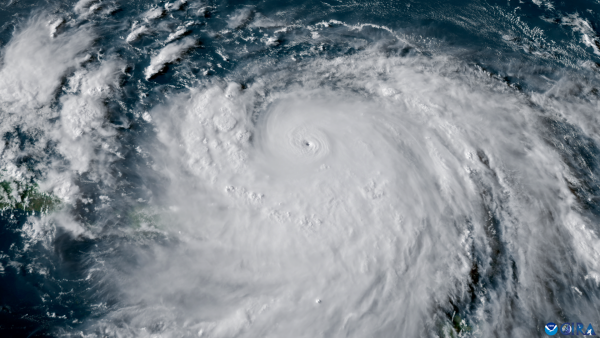
Hurricane Erin could cause record-breaking waves off the East Coast.
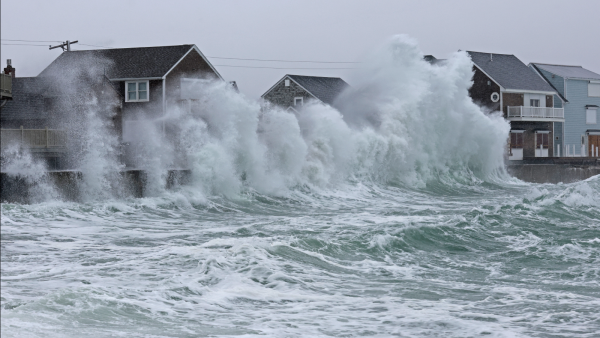
Northeast storms are getting stronger due to climate change.

The challenges of warning during floods like Texas'.
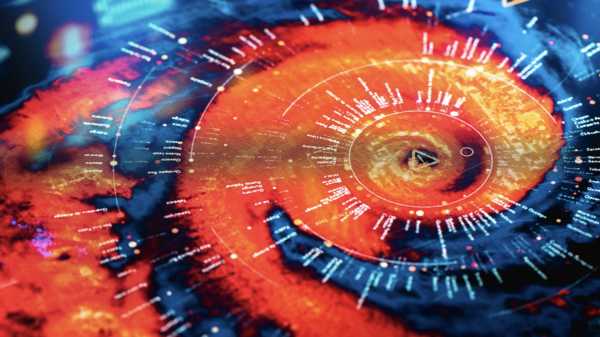
Microsoft AI speeds up hurricane forecasting by 5,000 times.
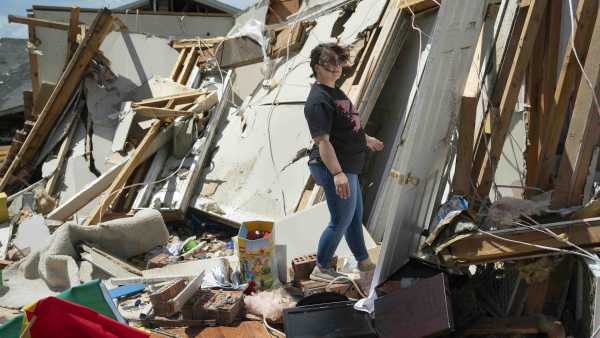
In 2025, Tornado Alley will expand east of the Rocky Mountains.
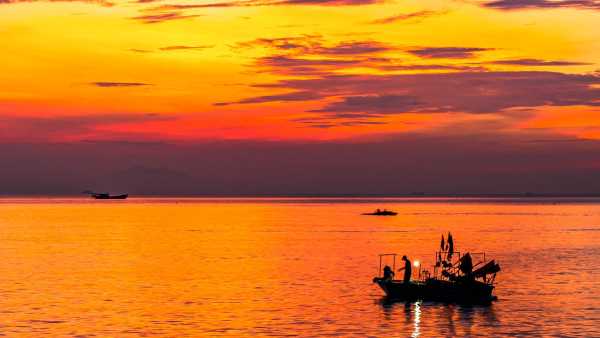
96% of oceans experienced extreme heating in 2023. Latest hurricane news
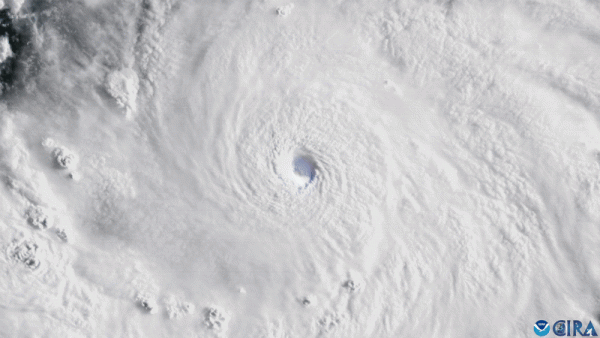
Video: Category 5 Hurricane Erin in Lightning.
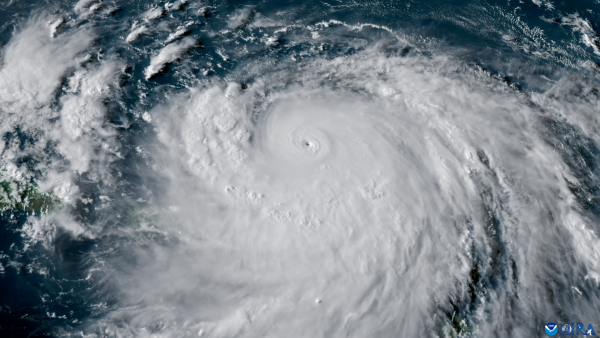
Forecast: Giant waves from Erin on the East Coast.
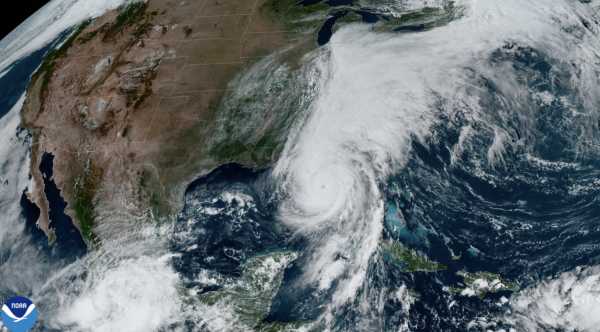
The summer season can bring up to 10 hurricanes to the United States.
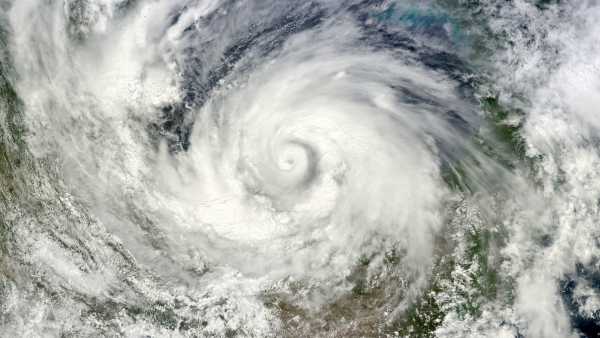
End of La Niña: Impact on Hurricanes
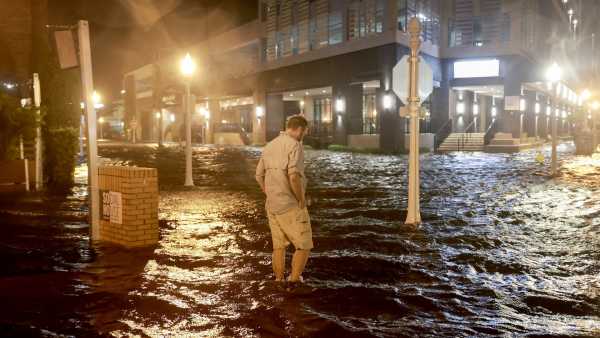
Dissecting the Hurricane Milton conspiracy theory.
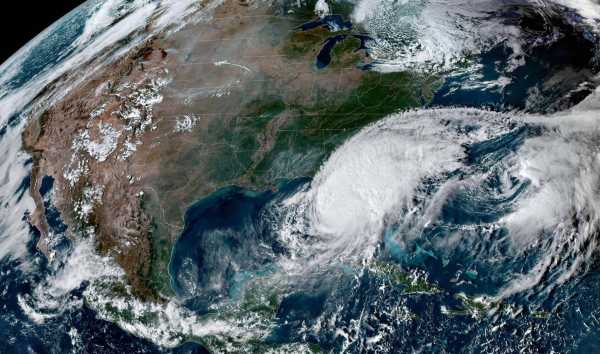
Milton is the fastest Category 5 hurricane on record. Latest materials
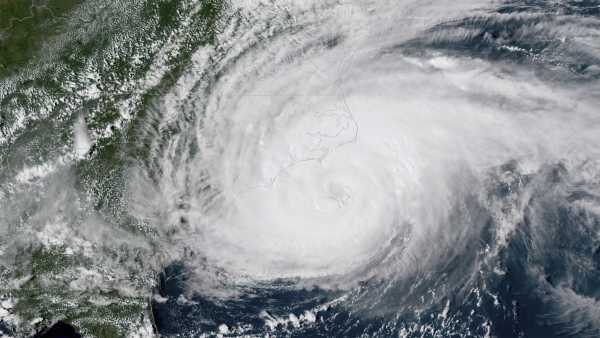
Introduction of Category 6 on the new hurricane scale.
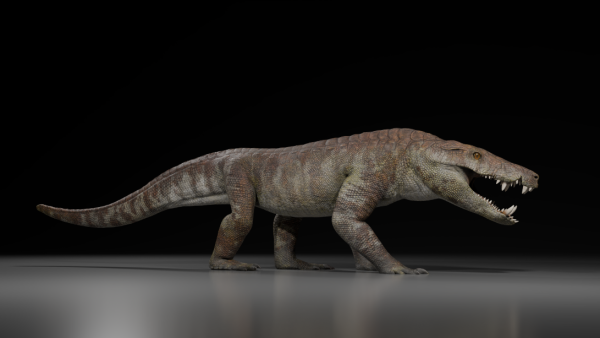
The prehistoric hyperpredator is named after the Egyptian deity.
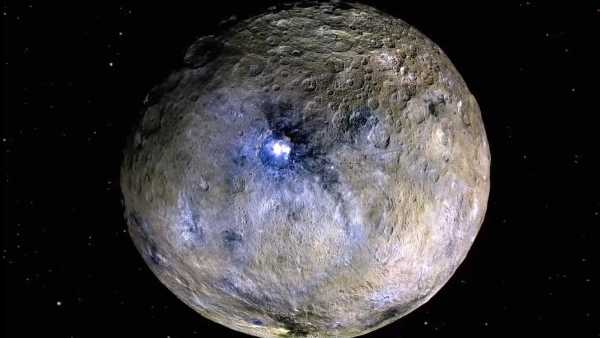
NASA has discovered an energy source on Ceres.
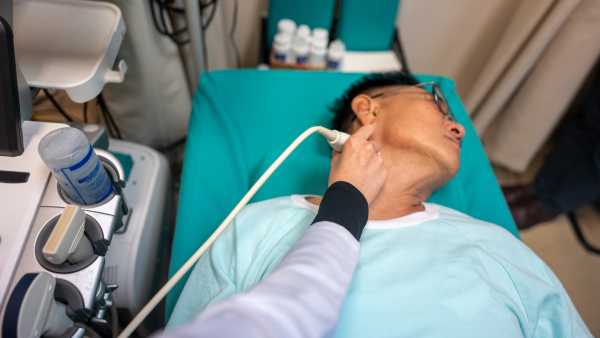
Gum treatment slows down the thickening of arteries.

The Webb telescope recorded anomalies in an interstellar comet.
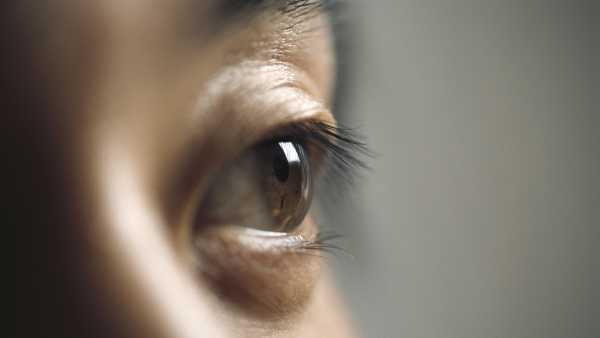
New eye treatment shows promising results. POPULAR ARTICLES
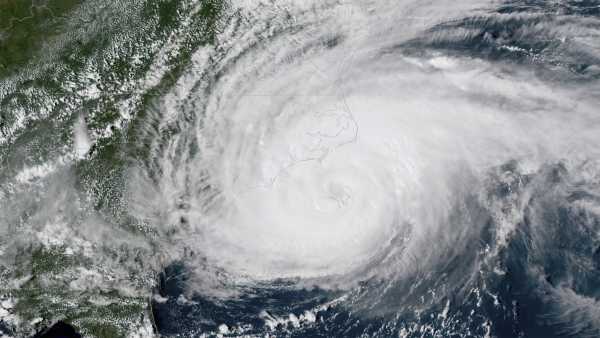
Introduction of a Category 6 hurricane scale.
Live Science is part of the Future US Inc. media group. Visit our website.
- Contacts
- Terms of Use
- Confidentiality
- Advertising
- Career
© Future US, Inc., 130 West 42nd Street, New York, NY 10036.
var dfp_config = { “site_platform”: “vanilla”, “keywords”: “type-news-daily,serversidehawk,videoarticle,van-enable-adviser-
Sourse: www.livescience.com


